Best Seasons for Fire Restorations
Fire restorations are most effectively performed when environmental conditions are stable, typically during dry and mild weather periods. Conducting restorations in these conditions minimizes the risk of further damage and ensures safety for restoration crews. The optimal seasons often include late spring through early fall, depending on local climate patterns.
Spring and fall offer moderate temperatures and lower humidity, ideal for fire damage restoration projects.
Dry weather reduces the risk of mold growth and helps in effective cleanup and rebuilding efforts.
Prompt response after a fire is crucial, regardless of the season, to prevent further structural deterioration.
Assessments are typically performed immediately after fire containment to plan restoration phases.

Ways to make Fire Restorations work in tight or awkward layouts.
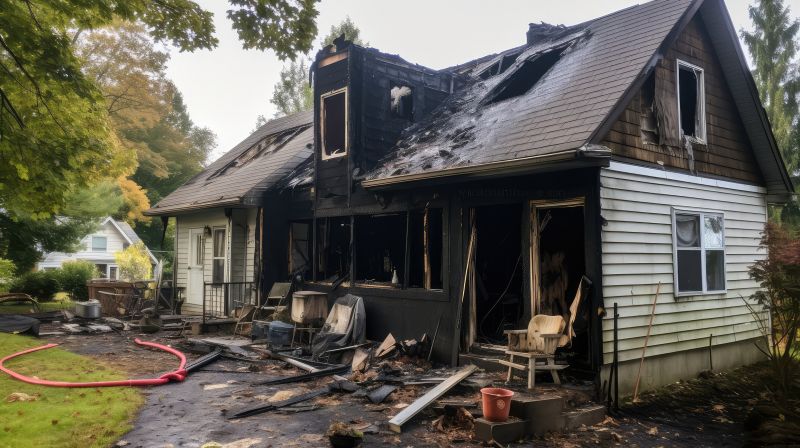
Popular materials for Fire Restorations and why they hold up over time.
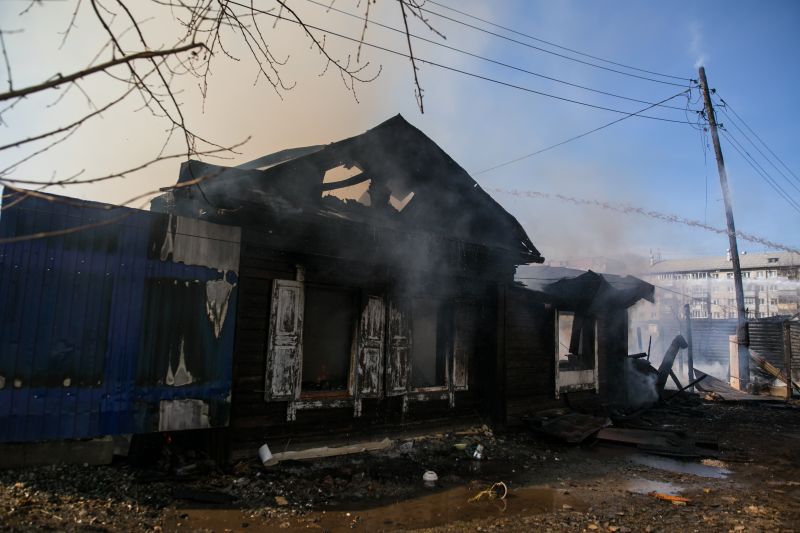
Simple add-ons that improve Fire Restorations without blowing the budget.
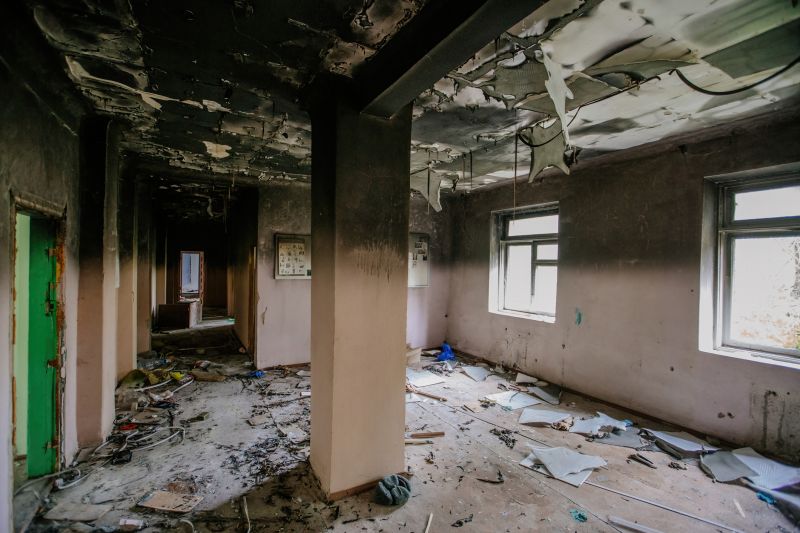
High-end options that actually feel worth it for Fire Restorations.
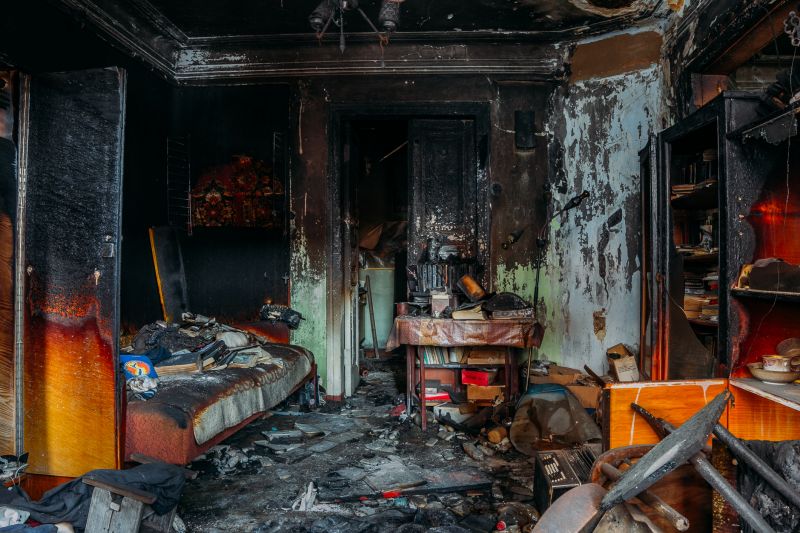
Finishes and colors that play nicely with Fire Restorations.
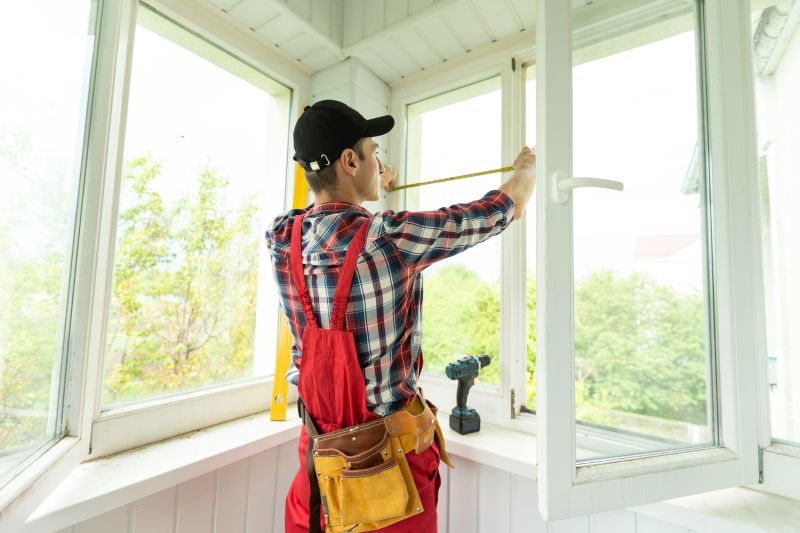
Little measurements that prevent headaches on Fire Restorations day.
| Season | Advantages |
|---|---|
| Spring | Optimal weather for cleanup and rebuilding, lower humidity. |
| Summer | Longer daylight hours, faster project completion. |
| Fall | Cooler temperatures prevent mold growth, ideal for restoration. |
| Winter | Limited window due to weather, higher risk of delays. |
Fire restorations involve multiple phases, including debris removal, structural repairs, smoke and odor mitigation, and final cleanup. The process requires careful planning and timing to ensure safety and effectiveness. Restoring a property after a fire not only involves repairing physical damage but also addressing smoke residue and odors that can penetrate surfaces and furnishings. Proper timing of restoration activities can help prevent secondary issues such as mold growth or material deterioration.
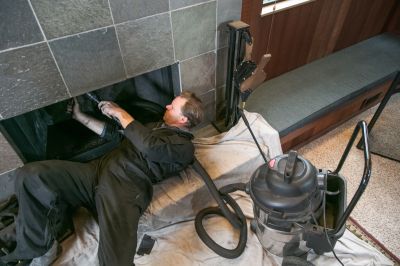
A 60-second routine that keeps Fire Restorations looking new.

A frequent mistake in Fire Restorations and how to dodge it.
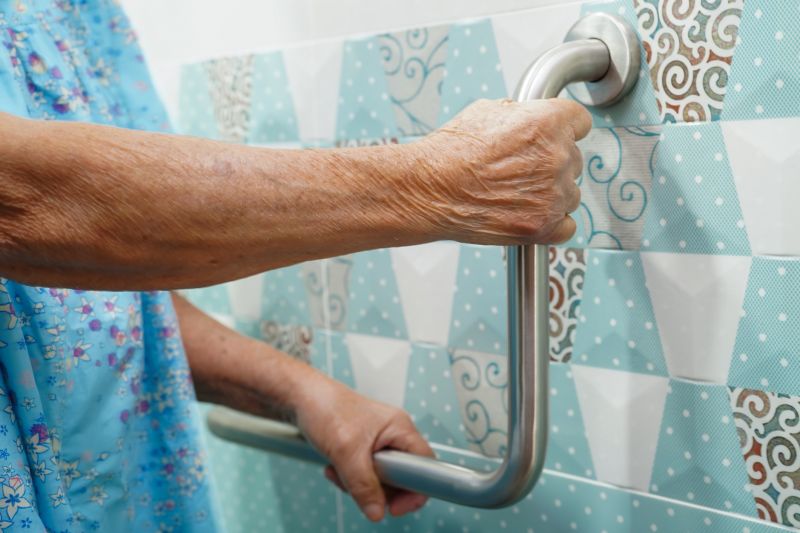
Small tweaks to make Fire Restorations safer and easier to use.

Lower-waste or water-saving choices for Fire Restorations.
Interested property owners in Yuba City seeking fire restoration services are encouraged to contact for detailed assessments and tailored restoration plans. Timely action can help mitigate damage and restore safety and comfort to affected properties.
